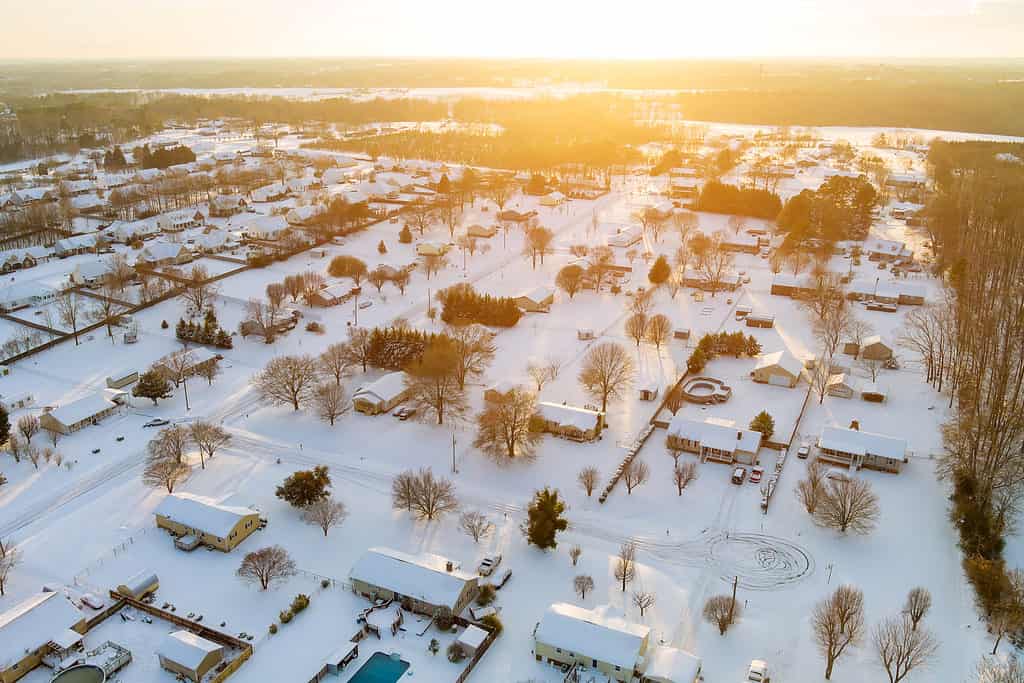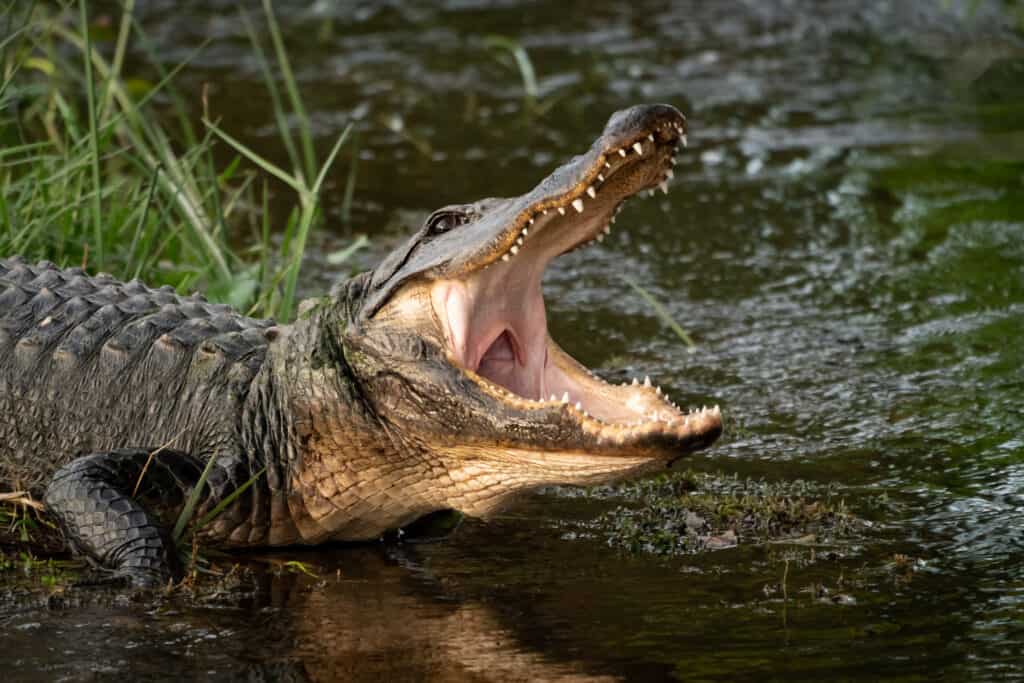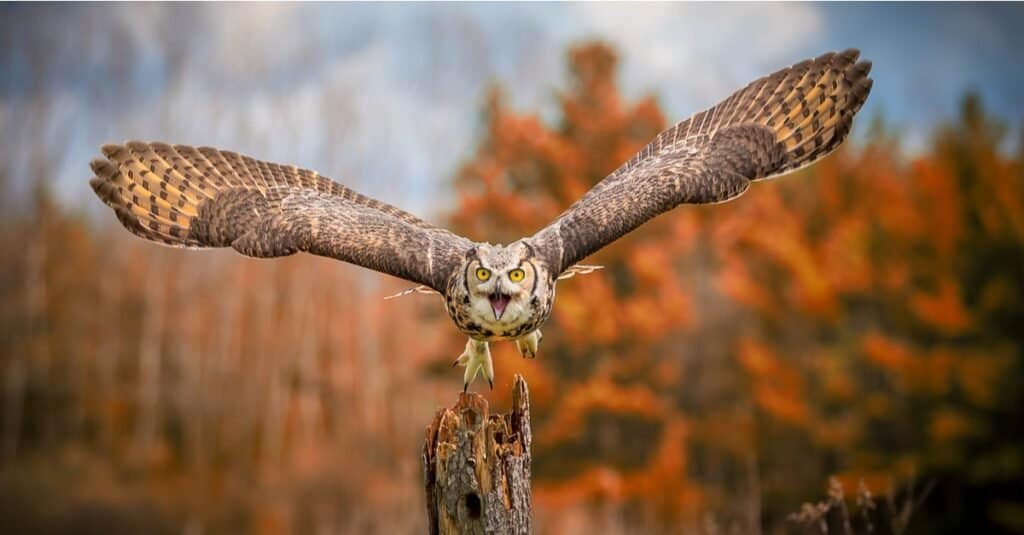Average Climate of South Carolina
South Carolina‘s climate can vary drastically depending on the region and continental position. The humid subtropical climate characterizing most of South Carolina results in hot summers and mild winters. However, due to its elevation, portions of the mountains in the upper portion of the state have a cooler climate than other parts. During winter, temperatures range from the mid-30s in mountainous regions to the lower 50s near the coast.
Winter weather events are usually highly impactful because they only happen occasionally. For instance, two or three winter storms with snow or ice accumulation occur per season in upstate South Carolina, whereas winter events in Lowcountry areas are separated by a few years.
Most of South Carolina receives around 2 inches or less of snowfall each year. However, higher elevations like those found at the state’s highest points will experience an average yearly snowfall between 5 to 7 inches. When these winter weather events happen, they often involve sleet, snow, and sometimes freezing rain.
The Coldest January in South Carolina History

Here snow covers Boiling Springs, South Carolina. On January 21, 1985, Caesars Head set a record for the coldest temperature in the state at -19 degrees Fahrenheit.
©iStock.com/photovs
On January 21st, 1985, a polar vortex spread across the entirety of South Carolina, with overnight lows reaching below zero in many areas. Caesars Head experienced the coldest temperature in the state, setting a new record low of -19 degrees Fahrenheit. This frigid day was recorded as both the lowest January temperature and the lowest temperature ever recorded in South Carolina!
Columbia Metropolitan Airport reported a low of -2 degrees, and Charleston International Airport recorded a comparatively warmer reading of 6 degrees. As arctic air surged into the state, it caused disruptions to transportation and daily life for many South Carolinians. The effects of this historic cold snap are still remembered today by those who experienced it over 35 years ago.
What Kind of Wildlife is Common in South Carolina?
South Carolina is home to a wide variety of wildlife species, from small mammals like raccoons and opossums to large animals such as deer, wild boars, and black bears. Birds are also abundant in the state. More than 300 species have been observed here, including eagles, hawks, ducks, and songbirds. Reptiles like snakes, lizards, and turtles can be found throughout the state as well. There are even some rarer creatures, such as armadillos and alligators, that call South Carolina their home! It’s no wonder so many people come to visit this incredibly biodiverse state each year!
How Do Wild Animals Survive the Winter?
Wild animals in South Carolina use various strategies to survive the winter. Some species, such as bears, may hibernate during the coldest months of January and February. Other species will migrate south for warmer temperatures or move into denser forests for protection from the wind and snow. Birds often flock together in large groups. They keep warm by huddling close together at night or during extreme weather conditions. Small mammals like mice and voles use their burrows to stay protected from the colder air temperatures above ground. Additionally, some animals increase their caloric intake to sustain themselves through lean winter months when food is scarce. These strategies help ensure survival until spring returns with more favorable weather conditions!
Alligator

Alligators typically only emerge on warm days to bask in the sun, before returning to their mud hole when temperatures drop.
©Deborah Ferrin/Shutterstock.com
Brumation is a form of dormancy that reptiles, amphibians, and other cold-blooded animals enter into during the winter months. During brumation, alligators hunker down in mud holes they have created to provide shelter and warmth. Alligators typically emerge on warm days to bask in the sun, before returning to their mud hole when temperatures drop. Other animals that brumate include turtles, snakes, lizards, frogs, and salamanders.
Songbirds
Not all birds migrate south when the weather turns cold. Those that stay in South Carolina year-round must adjust their diets accordingly and find alternate sources of food. This can include seeds, berries, rodents, small animals, and a few species of insects. Common birds found in South Carolina during winter months include cardinals, titmice, chickadees, and mockingbirds.
Carolina Wren
Carolina wrens are a hardy species; they have adapted to survive in cold climates. They search for bugs by looking under dead leaves, checking tree bark crevices, and even combing through spider webs. However, as the temperature drops below freezing, their food sources become more limited. It takes extra effort to find enough food to sustain themselves.
To help these birds during harsh winters, people can provide different forms of sustenance such as mealworms, crushed nuts or seeds, suet blocks (which contain fat), or peanut butter on bird-safe surfaces like trees. This supplemental feeding can make a huge difference in the survival of Carolina wrens.
Great Horned Owl

These owls start mating around Christmas time in South Carolina, so December and January are busy for them.
©Imran Ashraf/Shutterstock.com
Great horned owls stay busy during winter. They start mating around Christmas time in South Carolina, so they spend December and January preparing for chicks. Gray squirrels also mate in these months, with winter representing one of their two major breeding times throughout the year. Bald eagles are another species that nest during this period as well. These animals face unique challenges during winter due to cold temperatures, yet they find ways to meet their needs.
River Otter
River otters have adapted to survive even the coldest January in South Carolina. Otter populations are prevalent in every county and can be found in each major river. In particular, coastal marshes and blackwater swamps provide an ideal habitat due to the abundance of food sources available. The shallow ponds created by beavers usually contain ample food items, making them attractive habitats.
Otters keep busy all winter. Their babies are typically born in late winter, with litter sizes ranging from one to five pups. Females may breed again within a month after giving birth. To survive freezing temperatures during winter months, otters seek out streams and rivers where water does not freeze. They also maintain holes to pass through if freezing should occur. Interestingly, otters can dig passages through beaver dams to move between adjacent bodies of water regardless of whether ice is present!
How Can You Help?
It is important to remember wildlife during winter, as they are more vulnerable than ever. Not only do animals need food sources when temperatures drop, but they also need shelter and water. Pinecone ornaments filled with peanut butter and seeds make a great treat for birds. Additionally, fruit strings are a tasty decoration. You can use suet or beef fat as well.
However, black oil sunflower seed is best since it’s small enough for all types of birds to eat. Avoid buying pre-made mixtures, which often contain filler that many animals don’t eat.
When considering providing cover, it’s best to opt for evergreens such as hollies, cedars, wax myrtles, and cherry laurels. These berry-producing evergreens act as combination homes and grocery stores, supplying both shelter and food! These plants should be 10-20 feet high to provide good coverage from the elements.
Finally, remember water is vital. Frozen shallow spots prevent drinking, so consider investing in bird bath heaters or recirculating water systems. This way, your feathered friends will have access to water at all times!
The photo featured at the top of this post is © iStock.com/krblokhin
Sources
- Weather.gov, Available here: https://www.weather.gov/ilm/January1985cold
- South Carolina Parks, Available here: https://southcarolinaparks.com/see-and-do/wildlife
- DNR South Carolina, Available here: https://www.dnr.sc.gov/climate/sco/Publications/SCClimateOverview.pdf
- DNR South Carolina, Available here: https://www.dnr.sc.gov/wildlife/species.html
- DNR South Carolina, Available here: https://www.dnr.sc.gov/news/yr2015/dec24/dec24_wildlife.html
Thank you for reading! Have some feedback for us? Contact the AZ Animals editorial team.






